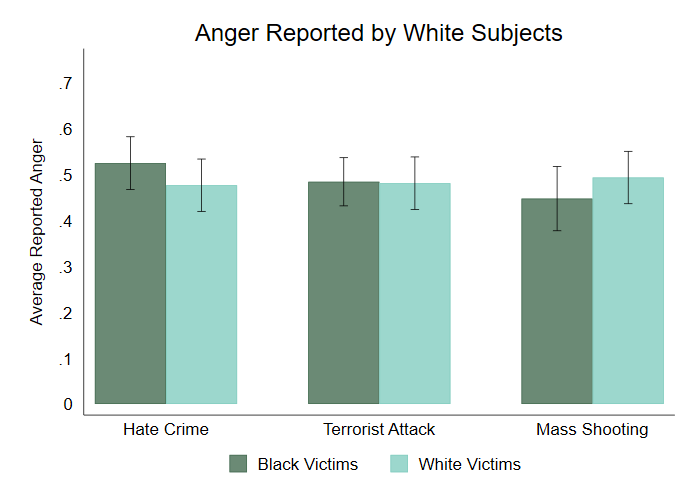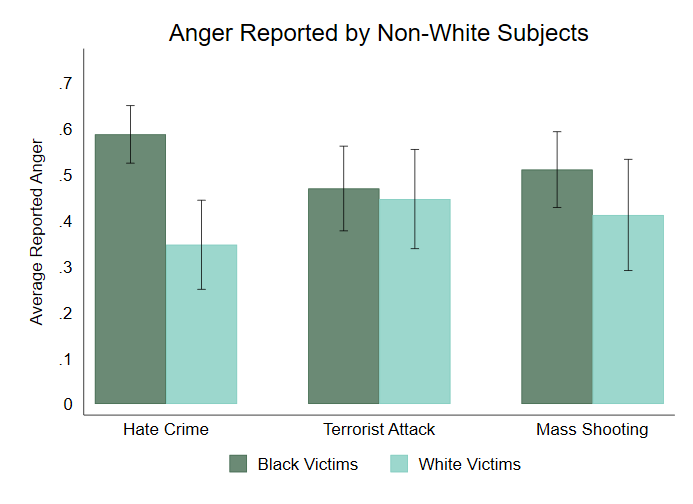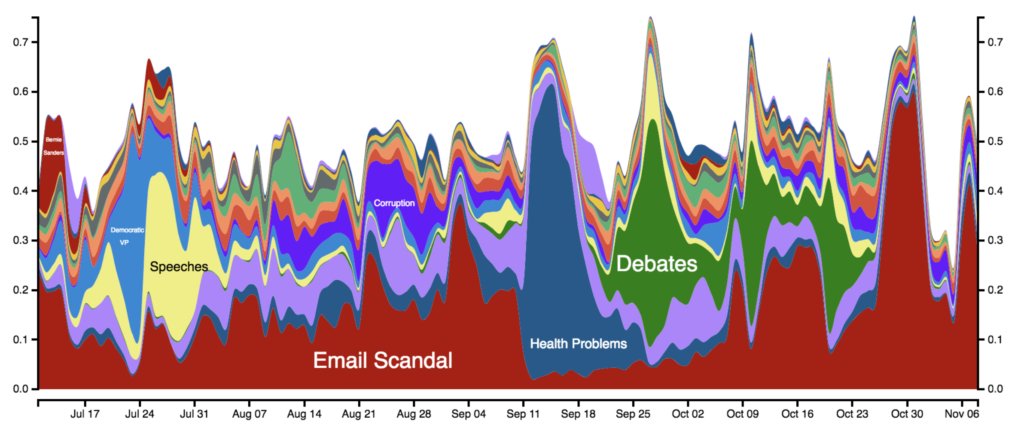What We Call Racial Violence Matters – Here’s Why
Our research finds that the label used to describe an act of violence can change perceptions of it.
By Kiela Crabtree and Corina Simonelli

With the fifth anniversary of the Mother Emanuel A.M.E. Massacre in Charleston, South Carolina, the nation still grapples with how to understand and remember the nine people killed in their house of worship on June 17, 2015.
The perpetrator of those murders has been sentenced to death, after being convicted on federal hate crime charges. But, in the aftermath of the killings, there was public uncertainty about how to describe what occurred. The murders certainly met legal definitions about what constitutes a hate crime, but there seemed to be a need for a stronger language to describe the massacre.
President Barack Obama, in his eulogy for Reverend Clementa Pinckney, remarked that the massacre at Mother Emanuel A.M.E., “was an act that drew on a long history of bombs and arson and shots fired at churches, not random but as a means of control, a way to terrorize and oppress…”
In a previous study, we find evidence to suggest that violence against black people is more likely to be classified by the public as a “hate crime,” but that such incidents are also perceived as being isolated, less destructive, and also less impactful on society at large than an act of terrorism. This suggests that the label of “hate crime” might minimize the seriousness of racial violence and imply that those incidents do not stem from similar wide-spread networks and ideologies that are associated with terrorism.
Does the label used to describe acts of violence such as these influence perceptions of the event? Here’s what our research suggests.
Labels shift emotional responses to racial violence
Our January 2020 survey experiment asked 1,012 subjects to read a brief breaking news story about a fictional shooting with several casualties. In the experiment, we alternated whether we described the incident as a “hate crime,” a “terrorist attack,” or a “mass shooting.” We also alternated the race of the perpetrator and the victims, describing them as either white or black. Subjects read a tweet about the fictional incident and then answered questions about their emotional reactions, their own perceived likelihood of victimization, and what punishments they believed were warranted by the attack.
We find that, regardless of who perpetrated the attack, subjects reported higher levels of anger after reading about an incident labeled as a “hate crime,” when a white male perpetrator targeted a black university. We find that there are no distinct differences in anger when comparing “terrorism” and “mass shooting,” nor under those labels do the race of the victim or perpetrator influence levels of anger.
While likelihood of personal victimization is slightly higher for those who see the hate crime condition with a white perpetrator, we see that this variable is not strongly influenced by treatments.
We also find that support for the death penalty to punish the shooting is significantly lower among subjects who read about a hate crime perpetrated by a black person.
The interaction of race and label matter as well
But, do all people perceive violence the same way? We cannot take for granted that violence, and racial violence at that, is viewed the same way by members of different racial groups, especially when long legacies of violence are in play.
Therefore, we also look at how these labels might elicit distinctive responses among white and non-white participants. Stratifying our sample this way, we find that there are distinct responses among members of different racial groups. Non-white respondents indicated greater support for the death penalty to punish the crime in all conditions that had a white perpetrator, regardless of the label. However, we see little difference across conditions among white subjects.
Racial group attachment moderates these in a way that we might expect – the lowest support for the death penalty is among white subjects with high racial group attachment who read about a hate crime committed by a white perpetrator. Among non-white subjects we see that higher racial attachment is associated with greater support for the death penalty in all conditions with a white perpetrator. Support is consistent in conditions with a black perpetrator.


Additionally, non-white subjects who read about an act of terrorism committed by a white actor reported a higher likelihood of victimization than white respondents in the same condition.
We also find that anger is stable for all, white and non-white subjects, who saw a terrorism condition, regardless of if the perpetrator is white or black.
Anger increases slightly among non-white people who saw a mass shooting targeting black people. But, anger is significantly higher among non-white people who read about a hate crime targeting black people, when compared to those who read about a hate crime targeting white people. We see no significant changes among white subjects across these conditions.
Labels can send a powerful message to the public
While the label “terrorism” has come to be associated with acts of violence committed by Islamists, the term has long been used by black people to describe white violence against them. Regardless of legal parameters, we wondered if using the term “hate crime” to instead describe these acts minimizes public perceptions about them. Our research suggests that calling an act of violence a “hate crime” has little effect on perceptions of violence for white Americans. For non-white Americans, however, we find that this label is associated with greater anger in reaction to the incident.
The boundaries of the law determined the charges levied against the perpetrator of the Mother Emanuel A.M.E. killings, but the press, politicians, and the public grappled for language to describe them. Our research suggests that while the the term “terrorism” seems more rhetorically evocative of a long history of violence against black people, it does not necessarily evoke greater anger than use of the term “hate crime” or “mass shooting.” In fact, among non-white respondents, “hate crime” elicits the greatest anger.
Emotions hold powerful political potential, anger in particular has been shown to incite political participation. The words used to describe violence do matter, for the images and narratives they conjure, as well as the emotions they evoke.
Kiela Crabtree (@kielacrabtree) is a PhD. candidate in Political Science at the University of Michigan.
Corina Simonelli (@CorinaSimonelli) is a PhD. candidate in Political Science and the Ford School of Public Policy at the University of Michigan.


